By Anne Scheck
Trammart News Service, July 4, 2025
Today, Disneyland needs to step aside as the happiest place on earth. A little city in Oregon, Independence, just won that title this weekend – with a 2025 celebration where local folks lit up a small town well before tonight’s fireworks.
The carnival is back and in full swing and this morning tasty flapjacks at the fire station kicked off the day. Yesterday’s Talent Show demonstrated that the community’s kids can sing, dance and entertain in stunning ways even without reaching enough birthdays to put them into the teen years.
Trammart News lists the top 10 reasons – totally based on personal experience over nearly two decades – of why the Independence Days Fourth of July is simply the best on planet Earth.
1) Flags, flags, flags. Old glory is all around. There are other holidays, of course, when the stars and stripes are seen on Main Street. But none of those special days is paired with such a festive atmosphere. From tiny toddlers to those individuals not too far from the century mark, flag-waving was on display all over. Is there any other town in Oregon that has its own Rosie the Riveter, Clarice, who is still recounting World War II for a new generation while plans are being laid for the traveling Vietnam memorial, The Wall That Heals? No.
Veteran appreciation, feelings of patriotism, the enthusiasm of celebration are all wrapped up in waving that red-white-blue banner today.
2) The Parade. The Rotary Club deserves a shout out for a parade that joins both Monmouth and Independence in an absolutely spectacular merger. Horses, sports groups, musicians all make it a delight. But here’s the Trammart News favorite: The royal court.
Year after year, the Fiesta Queen and her court look dazzling in their bright-colored gowns – and just never stop smiling. Through heat that bakes them with sun-punishing rays on their formal attire, this tierra-clad team exudes energy and charm. This year’s queen, Melani Betancourt (photo), is a young leader who is the hoped-for subject of a future Trammart News profile.
3) Unbeatable Volunteers. Over the years, they have been a source of inspiration to Trammart News. These helpful onsite individuals do so much behind the scenes they make awesome seem like a poor choice of word, unless it’s accompanied by other “A” descriptions: Amazing, Astonishing, Admirable.
During a past Fourth of July, when the temperatures soared, Trammart News asked one of them how to “beat the grouchies” on such a day, when the throng of people and the unrelenting heat would try anyone’s patience. “Are you kidding? This is fun!” came the reply.
4) The Talent Show. It is filled with such … talent. From tykes that take the mic to sing sweet songs to young comedians trying out stand-up routines, the youth of the talent show are a Trammart News favorite – a cherished highlight of the Independence Days event.
Led by the always jovial Vidal Pena, who emcees the show, it showcases a part of the population that deserves the spotlight, and now every year, finds one if they so desire.
5) The Osprey. Looming over the crowd, the big birds are back in the nest box this year after a long wait for a mating pair to take up residence. Riverview Park is beautiful, but never looked so good as when one of the airborne birds swooped down from blue sky to land atop its home-sweet-home, above the activity.
6) The Midway. This is the day that finally gives junk food a good name, from corn dogs to elephant ears. And, after an absence, a stroll through the numerous vendors ends at a special spot of carnival rides where happily screaming children are indulging in what all of us once did – getting thrills and fun that make unforgettable memories.
7) Side shows. From a car show to sidewalk sales to the best used-book sale ever to occupy a library annex, downtown Independence is a great walk on the Fourth of July. Robin’s Roost opened this week and lots of businesses stocked up to cater to the crowd. Here’s a shameless promotion: Trammart News is co-sponsoring, with Brew & Tap, a give-away scoop of ice cream on Sunday from 2 pm to 6 pm.
8) Music everywhere. From old timey organ-grinder tracks to rock bands, the sounds of this summer holiday fill Independence Days, wafting over crowds and streets and shops and cars.
9) Pancake Breakfast. Perhaps the most social event of the season, this annual early morning chow-down at the station of Polk Fire District No. 1 puts all comers in a good mood. And it is a heart-warmer, too.
Patient parents with small children, some in diapers, begin their day with a helping dose of friendly, welcoming interaction at the fire station, right along with a hearty breakfast.
10) The fireworks. They are always spectacular. But, there is a reason beyond that to love them. They give us the rockets’ red glare without the bombs bursting in air – a reminder that, all these years later, we can safely view a fiery sky as a celebration of the birth of America. ▪
By Lance Masterson
For Trammart News Service, July 4, 2025
Jordan Perez (photo) is no Edmund Hillary wanna-be.
“I’m a doddler. I’m not out to bag peaks,” Perez said. “I’d rather walk a mile in five hours, stopping to examine every plant, every insect, every ripple in a stream.”
Perez, a self-confessed “nature nerd” and executive director of the Luckiamute Watershed Council (LWC), finds comfort and companionship in the outdoors. It’s a bond he first developed while growing up in the woods of rural Illinois. It’s in these woods where he perfected his slow-walk.
“I wandered creeks, flipped over rocks to find frogs and started sketching leaves to study their every detail,” he said.
Perez had ample opportunity to be one with nature because he didn’t live in town.
“My friends and neighborhood were the woods and the critters that lived in them,” he said. “I explored creeks and streams. Wandering and following them for hours, building forts and collecting frogs and things. I’ve always had a fascination with the natural world.”
This fascination only intensified after road tripping with his buddies.
“About the time I graduated from high school, I went with friends and visited my first national park, out in the western United States,” he said. From that point, “I vowed that I would live in the west…. I made it my mission.”
This mission was accomplished soon after he graduated from Western Illinois University with a degree in recreation and parks administration.
“I moved out west as an intern and never went back,” he said.
West, as in southern Utah. Where Perez spent nearly 14 years managing public lands in various capacities. But he and his wife had their hopes set on the Willamette Valley. The valley was their escape valve for years before they moved here.
“We were always running away to the trees up here when the heat (in Utah) got to be too much,” he said.
They spent their time exploring the woods, hiking mountain trails, and wandering along creeks and rivers.
“We were fascinated by the abundance of water sources here. Streams and rivers, versus the few that there were in southern Utah,” he said. “We were obsessed with water and waterfalls, and the clear, blue creeks and streams here.”
Their interest extended to the fauna as well.
“We were picking around in the rivers and creeks, looking for the different riparian critters that live there, from the fish to the amphibians,” he said.
The couple moved here after Perez’s wife, Sarah Siefken, was hired by the Oregon Department of Forestry, Salem office. Siefken is a natural resource specialist for ODF.
Perez, meanwhile, kept busy by volunteering for service projects, watching “Oregon Field Guide,” and joining in community activities. A public bird walk introduced him to the LWC, its work and legacy.
Perez wanted to learn more about the LWC. So he educated himself on its mission and projects by reading strategic plans and other documentation, and watching its videos online. He applied for the vacant executive director position and was hired less than a year ago.
His approach to environmental stewardship is to be patient and detailed. And, as far as the LWC is concerned, focus on the basics.
“We’ve been rebuilding our committees for fundraising and outreach to try and raise our donor base, and to get more involved in the community,” he said.
Then, there’s the long-term projects on the to-do list. Thanks to years of extensive and detailed work by LWC staff and volunteers, impediments and other concerns along the Luckiamute River watershed are identified and mapped. LWC staff include Aubrey Cloud, project manager; Suzanne Teller, outreach coordinator; and, Jonah Nicholas, monitoring coordinator.
“We have an understanding of where problems lie, the scale of these projects,” he said. “The majority of these problems are on private property.”
Owners must give permission before the LWC can access the Luckiamute River and its tributaries that meander on their property. Even with permission, though, there is no quick fix when restoring riparian areas.
“From writing the grants, to doing the engineering and design work, to hiring crews, and then going back afterwards to ensure that everything is sustainably done and holding up. It takes years,” Perez said.
Reclamation projects range from restoring gravel beds for salmon spawning to reviving former agricultural lands into native oak forests, from removing invasive blackberries to reengineering creek beds to prevent flooding.
There is strength in numbers, so LWC willingly partners with private landowners, government agencies and others.
The June 28th dedication of the Michael Cairns Wetland is testament to the power of partnerships. The ceremony was held at North Riverside Park in Independence.
Cairns, who died last year, was a founding member of the Council. He was also instrumental in the creation of the wetlands that now bear his name.
“It’s a powerful reminder that this work is deeply personal and deeply loyal,” Perez said of Cairns' contribution.
Bringing homeowners into the partnership is one of Perez’s goals. Such things as planting native species, including pollinators, and growing rain gardens to filter pollutants impacts the ecosystem positively.
“Success isn’t always flashy,” Perez said. “Sometimes it’s a cooler stream, a returning salmon, or one less tire in the creek.”
And it can begin in one’s backyard. ▪
This Fourth of July weekend, out-of-state visitors will flock to the state parks in Oregon, which draw thousands upon thousands of tourists as well as locals to places renowned for their scenic beauty, nature trails and waterways. This year, the Oregon State Parks and Recreation Department increased parking fees in many of the parks – for the first time in nearly 15 years – and camping fees have risen, too.
But a leading environmentalist in the state, Justin Boyles, believes it won’t be enough to sustain and preserve this unique system of state park land. He presented facts and figures to make this point at a recent meeting of the Polk County Board of Commissioners. Now, in an editorial essay, he describes why more is needed and why sites like nearby Sarah Helmick State Park require careful stewardship to secure their future.
GUEST EDITORIAL
By Justin Boyles
For Trammart News Service, July 4, 2025
All across Oregon, from the rugged coastline of the west to the high desert in the east, you can find an unparalleled variety of natural wonders and recreational opportunities. Rugged mountaintops, pristine lakes and cascading waterfalls sit in the middle of lush forest landscapes.
More than 100,000 acres of this land is open to the public through our state parks system, which caters to every variety of recreation that Oregonians may seek – hiking, fishing, camping and more. But our parks are in trouble, and we must find a solution to adequately fund their stewardship. Otherwise, we risk these precious natural spaces falling into disrepair.
State parks are no secret in Oregon. 2024 was a record-breaking year for the state’s park system, which saw more than 56 million day visitors and overnight campers across 255 parks. Yet those visitors were often greeted with the rude reality of our parks system. Broken down facilities, deteriorating campgrounds and trails that are marred by litter that takes away from the beauty of nature and harms wildlife. What’s more, there often aren’t enough park rangers to address the problems that visitors have been confronted with.
It all comes down to inadequate funding. Right now, Oregon’s state parks are supported by a fractured, uncertain revenue stream, funded by a combination of usage fees, recreational vehicle (RV) registration fees and the state lottery system. With rising inflation and the cost of materials and labor, our parks are left severely underfunded.
To combat this, the state parks department raised fees for 2025, but this won’t help solve the larger problems – the system is still deferring more than $200 million in necessary maintenance, simply because it can’t afford to complete the projects. That number grows by $15 million every year and allowing this to continue would be a tragedy for Oregonians and the natural world we all cherish.
Make no mistake: This is a dire situation that threatens the recreational future of Oregonians. But there are solutions to streamline park funding, and more importantly, raise the money the system needs.
One solution – proven to work in states such as Montana and Colorado – is to establish a voluntary fee connected to vehicle registrations. Just an annual fee of $19 per year would raise between $17-54 million (based on participation levels) each year – far more than the $10 million generated by the current day-use fee system we have now. This would be in addition to the day-use fees that out-of-state residents would still pay to access the system, while Oregonians would have easier access to the public spaces that are our state parks.
Right now, all options should be on the table to adequately fund and restore our state parks system.
Not all state parks charge a day-use fee, but as money gets tighter and these sites decline further, more fees will need to be added for the system to merely tread water. But we shouldn’t accept that as a sad reality – there are solutions out there waiting to be implemented.
These are supposed to be “public” lands, which means we have a responsibility to come together as a community to support our invaluable natural resources. If just 25% of Oregonians participate in the program, Oregon’s state parks system would be less costly to the average Oregon resident while offering even more for park visitors. These lands are opportunities to engage with our communities, the natural world and one another.
State parks are an amazing public resource that need to be protected. But to be able to protect them, they need more funding. Whether the solution is an optional fee connected to vehicle registration or other legislation, Oregonians must come together to strengthen our parks system.
Public lands benefit all of us, and we should leap at the opportunity to showcase, experience and share the stunning, diverse natural landscapes that Oregon has to offer. ▪

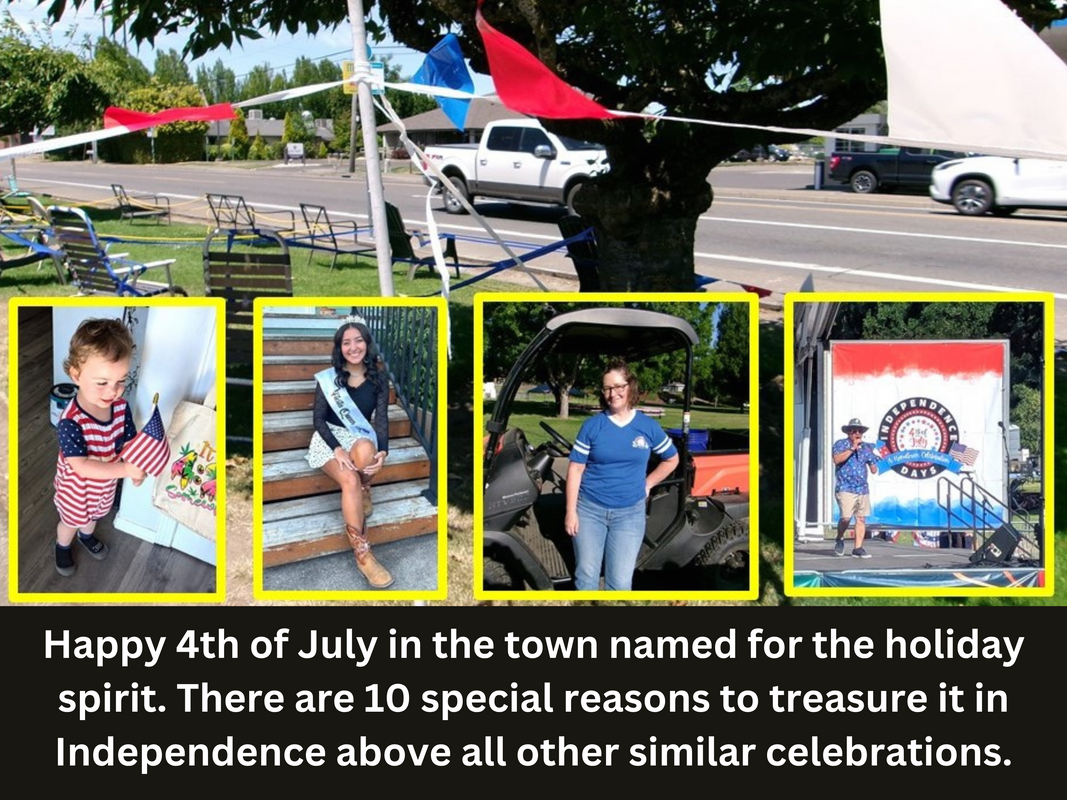
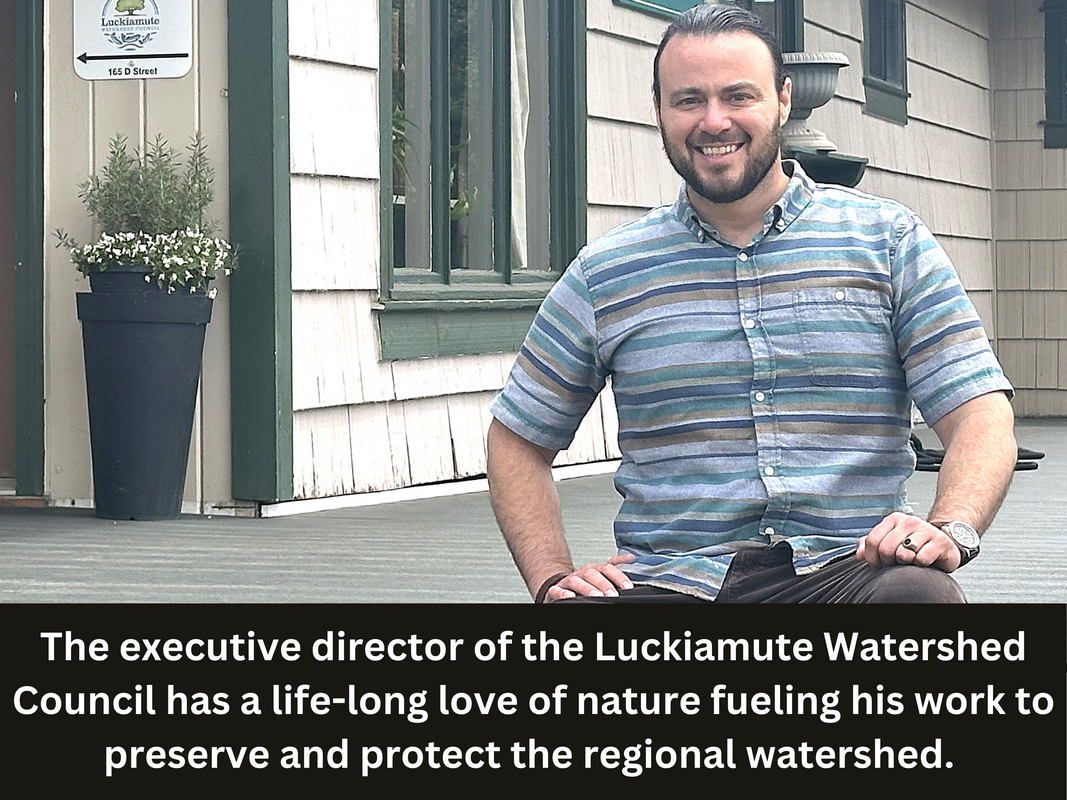


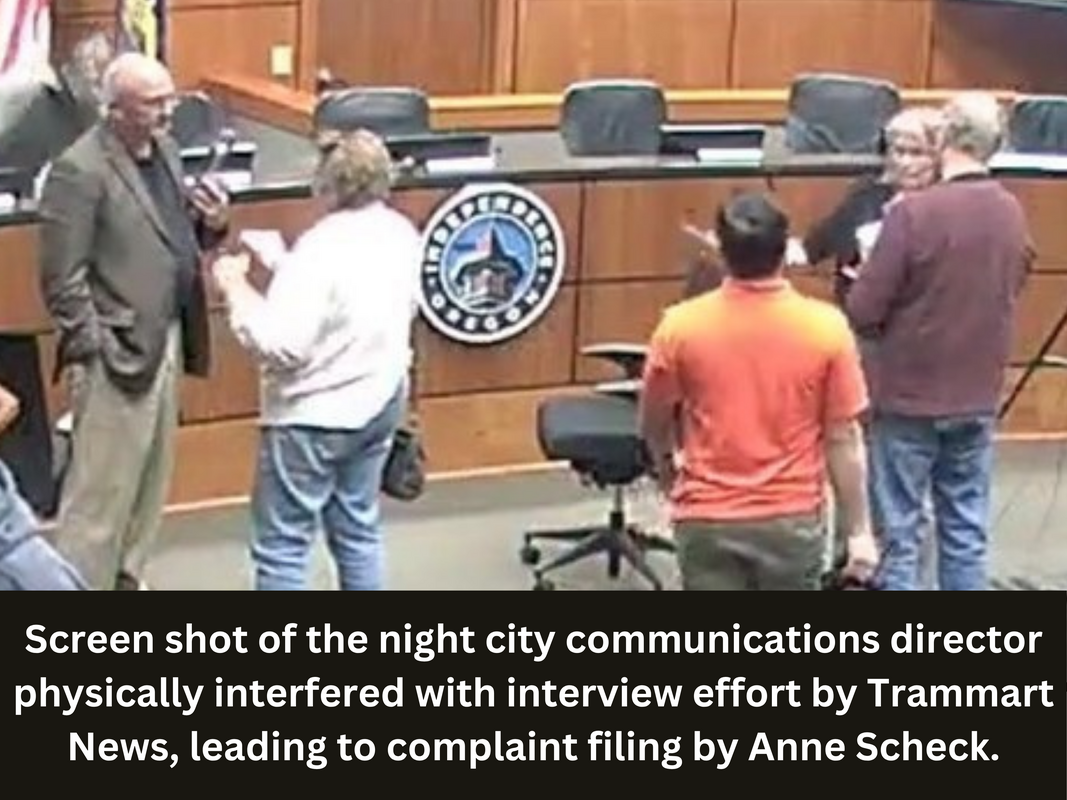
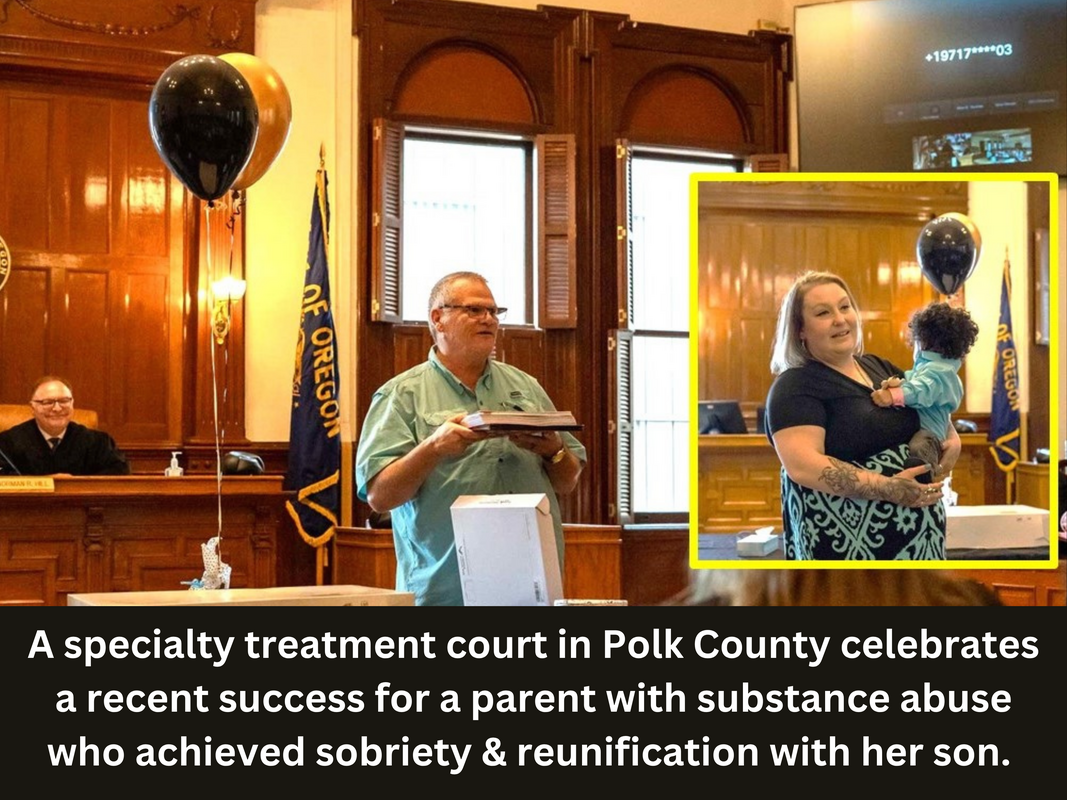






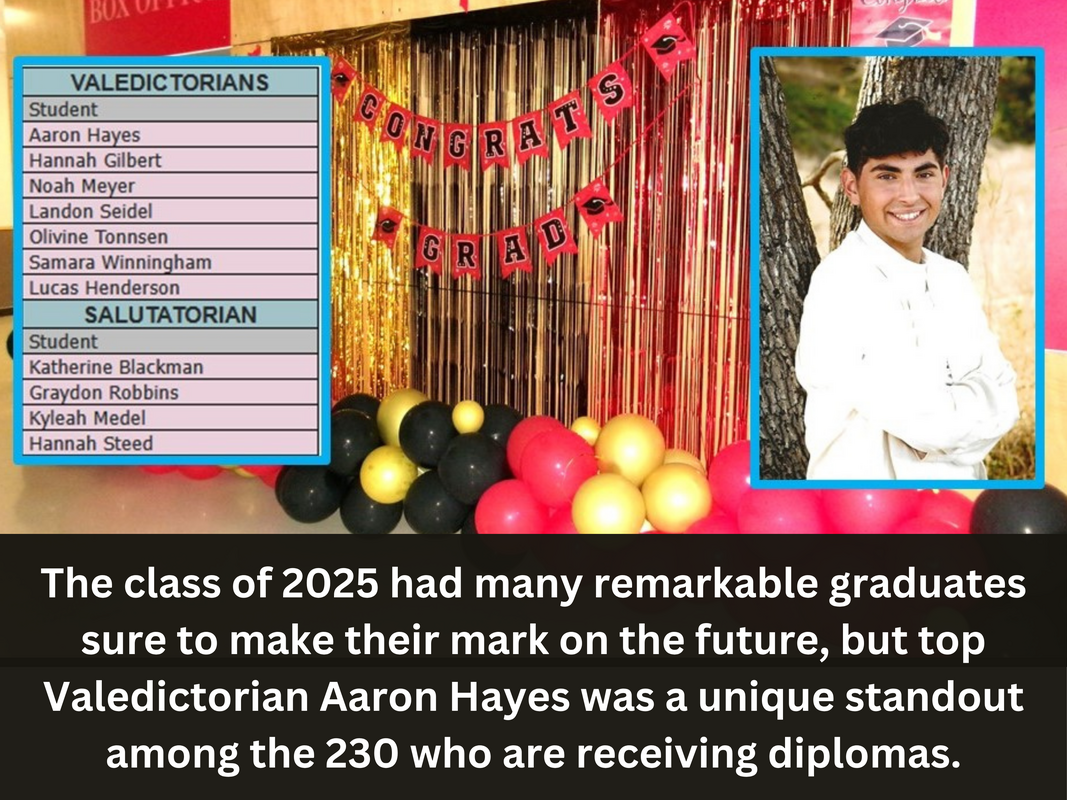
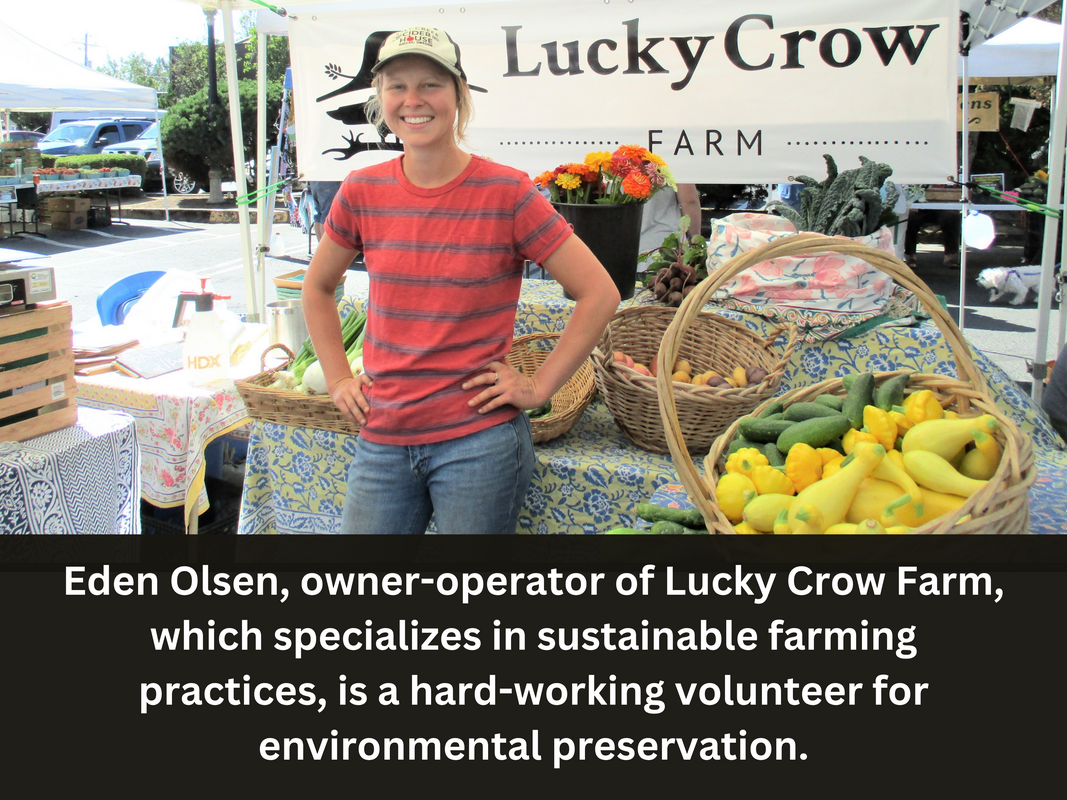


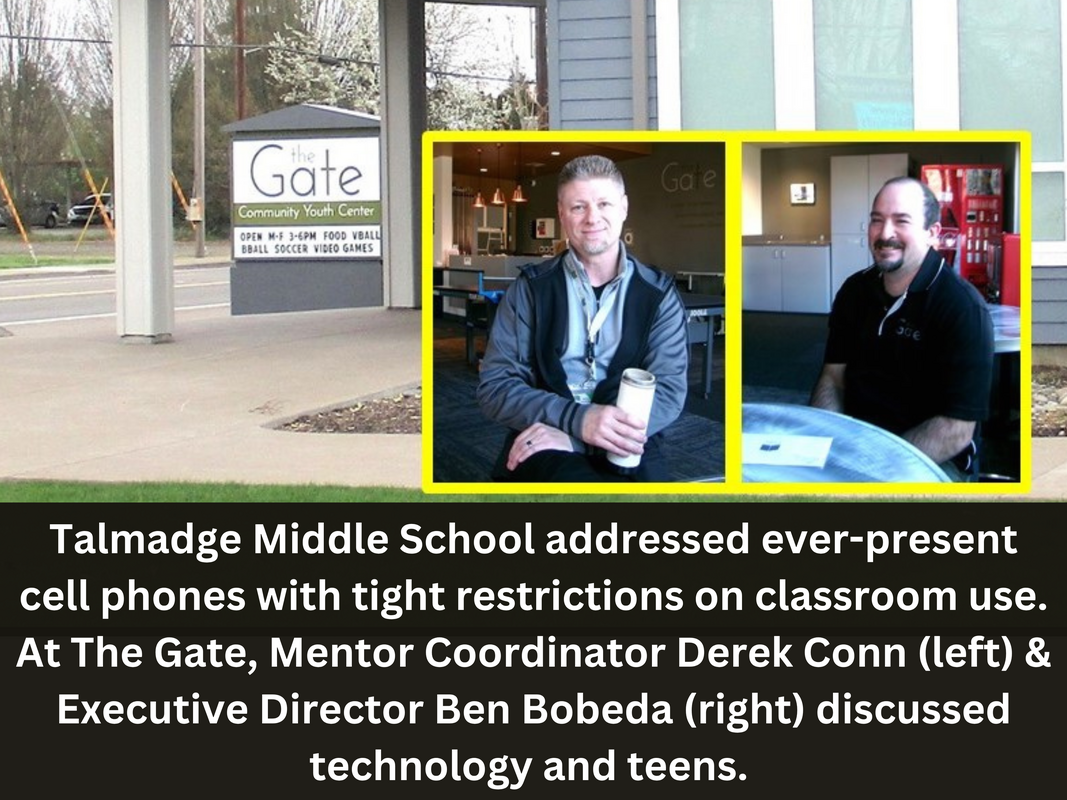
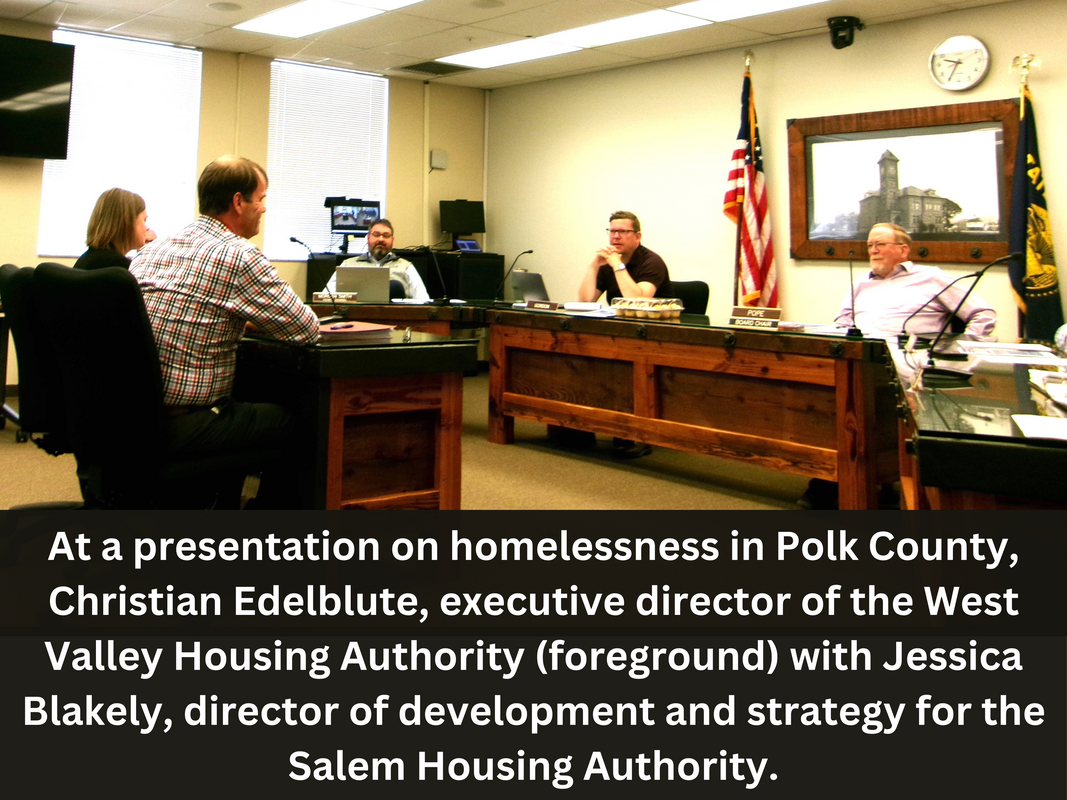
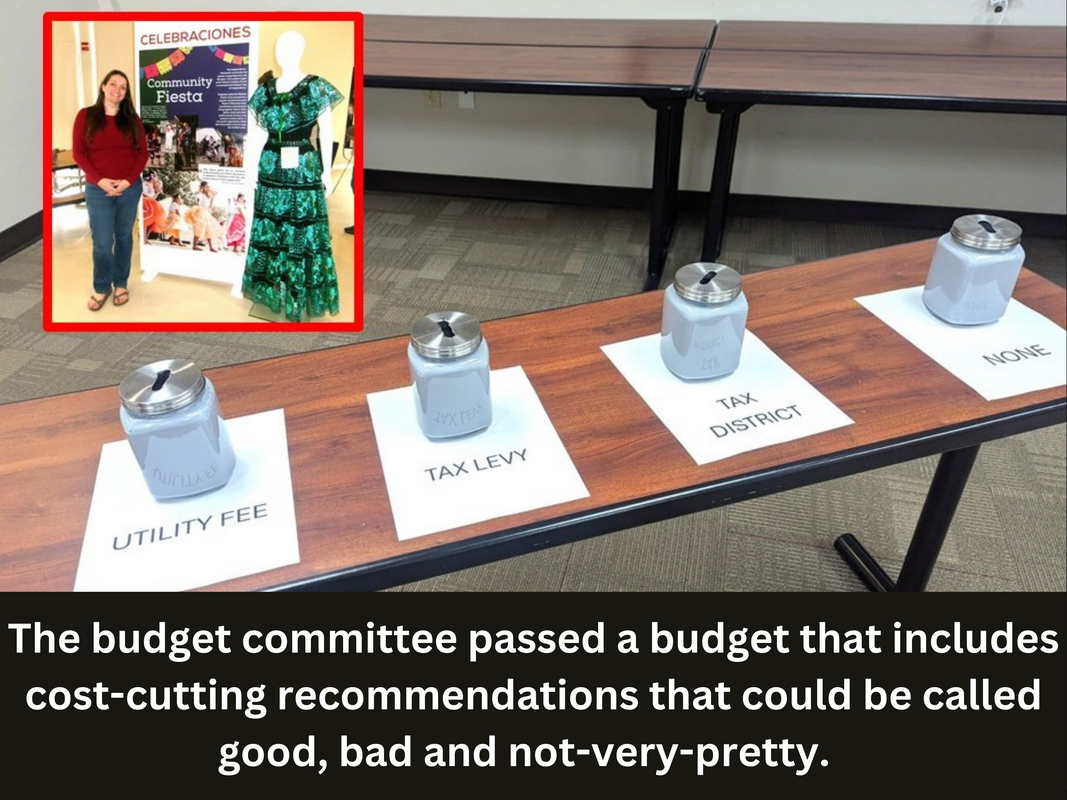
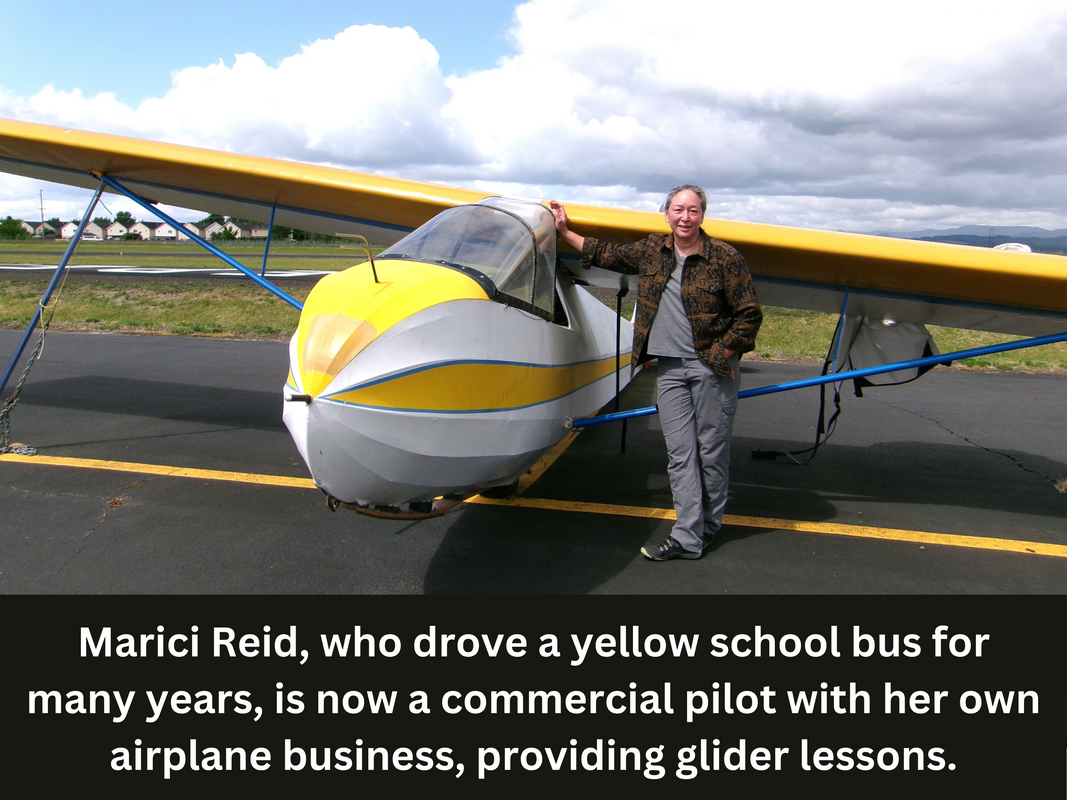
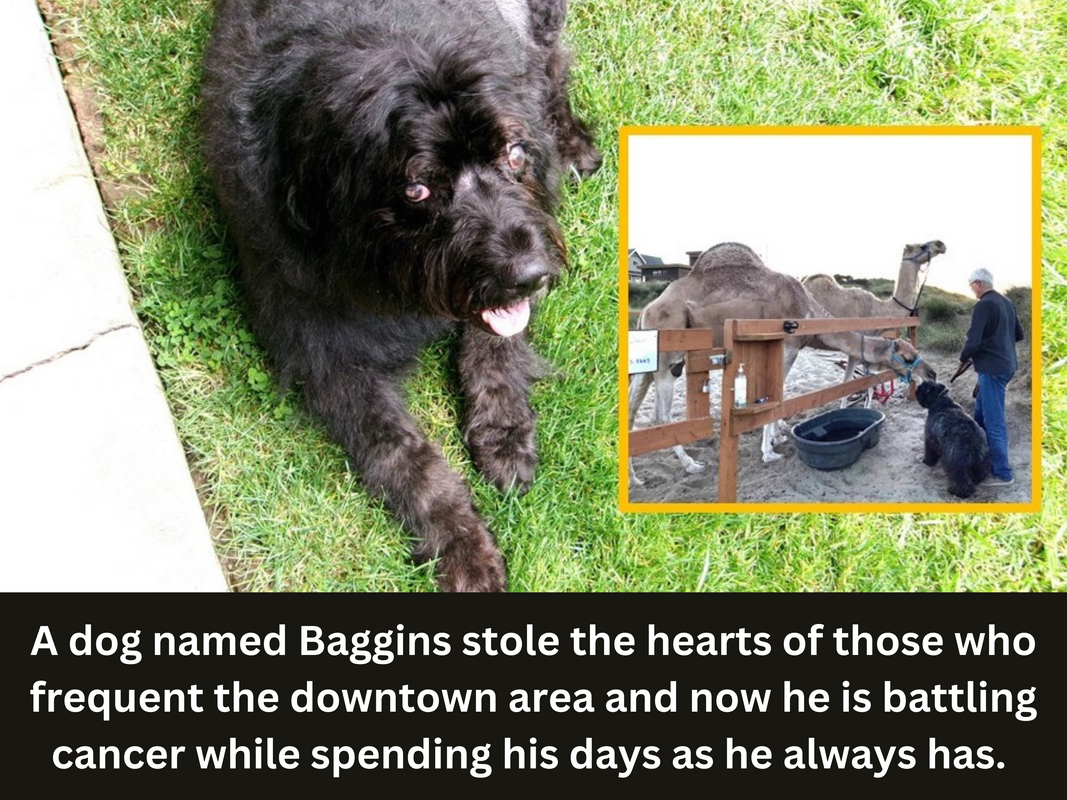

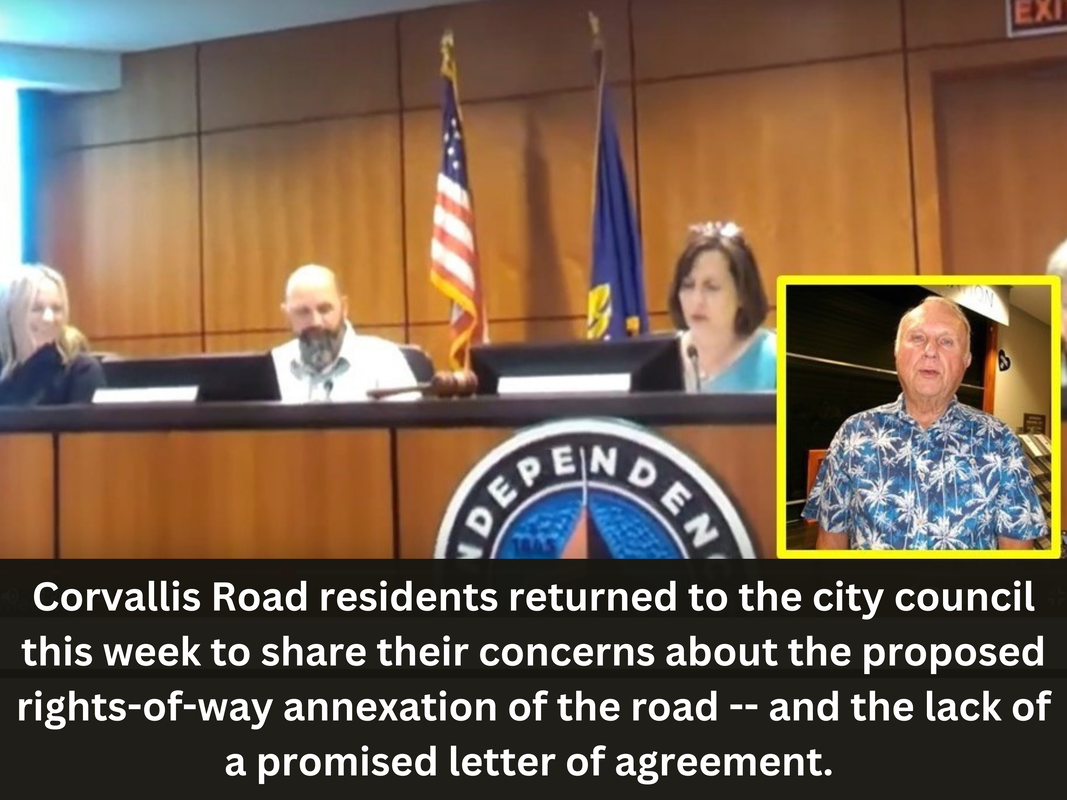
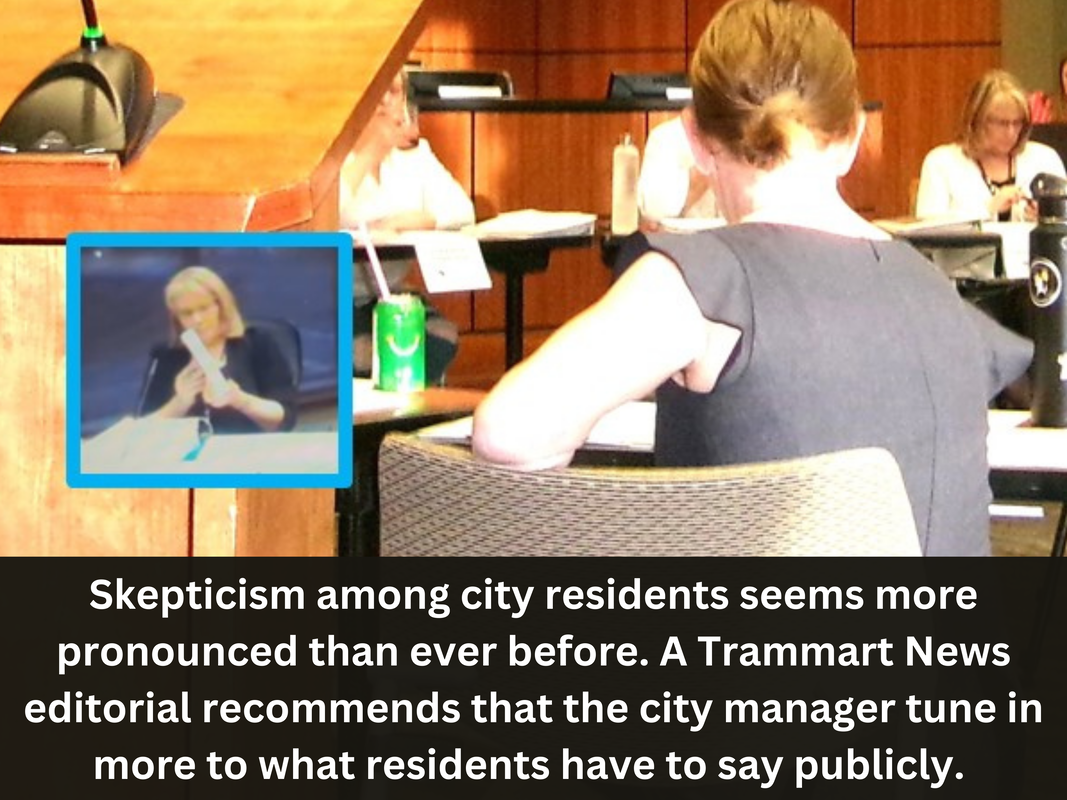
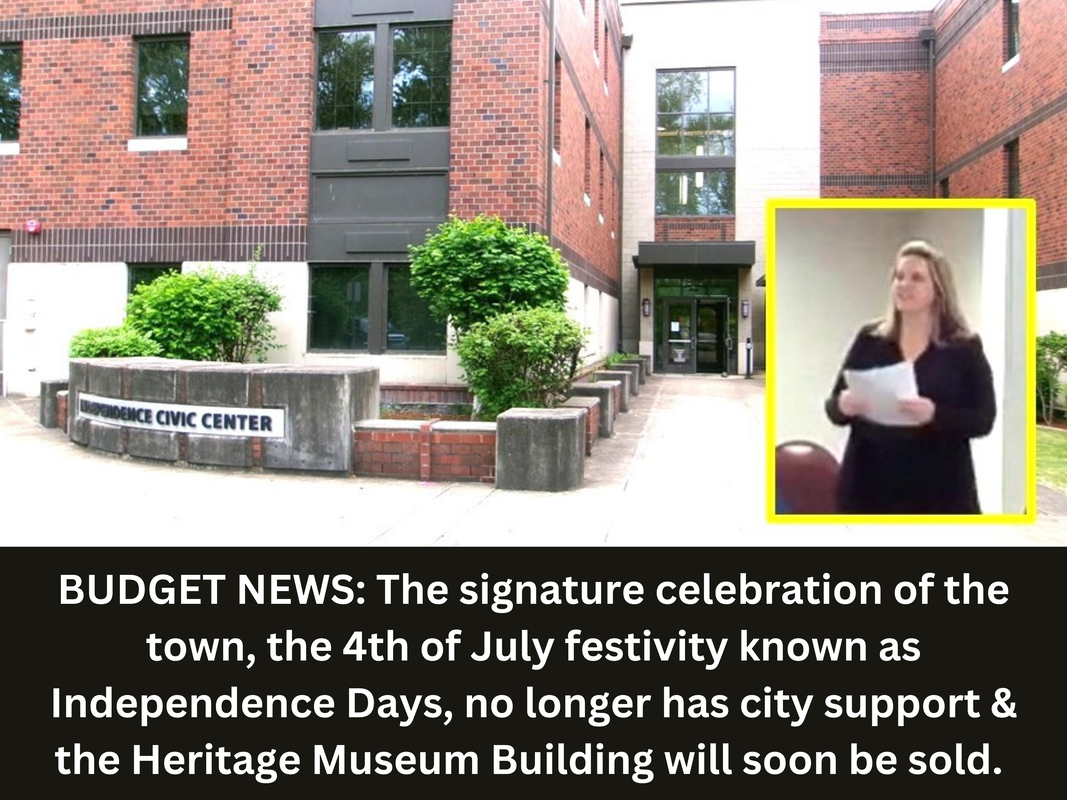
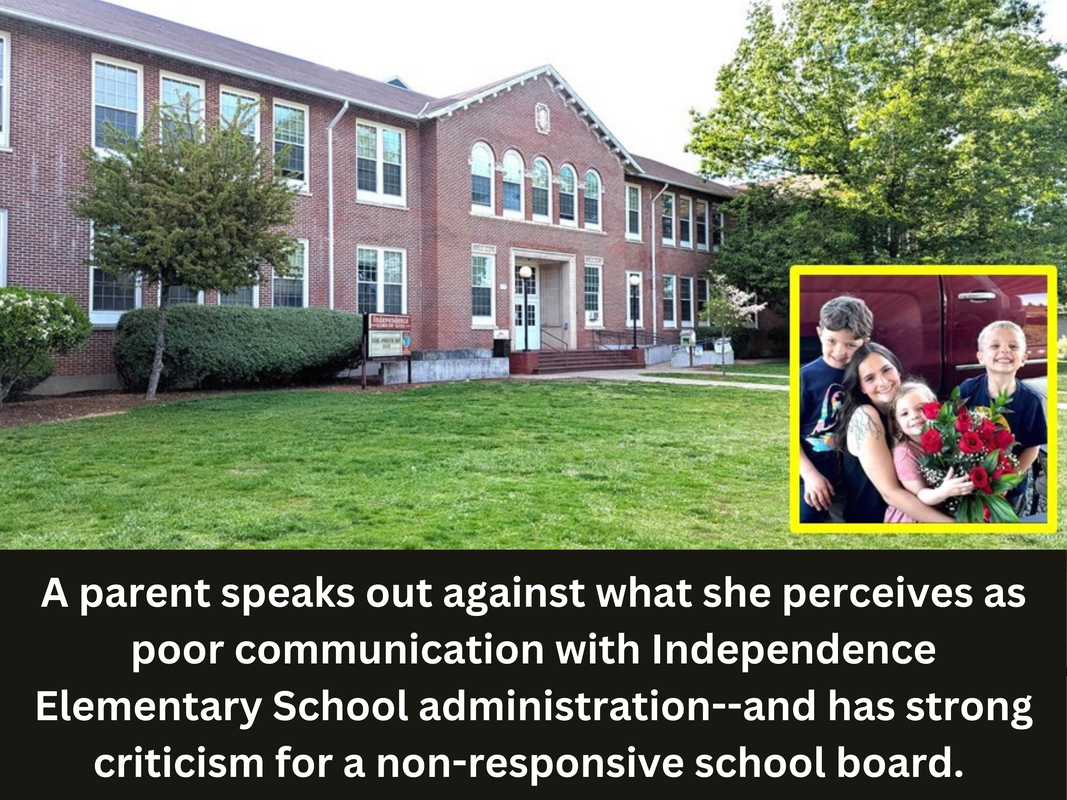
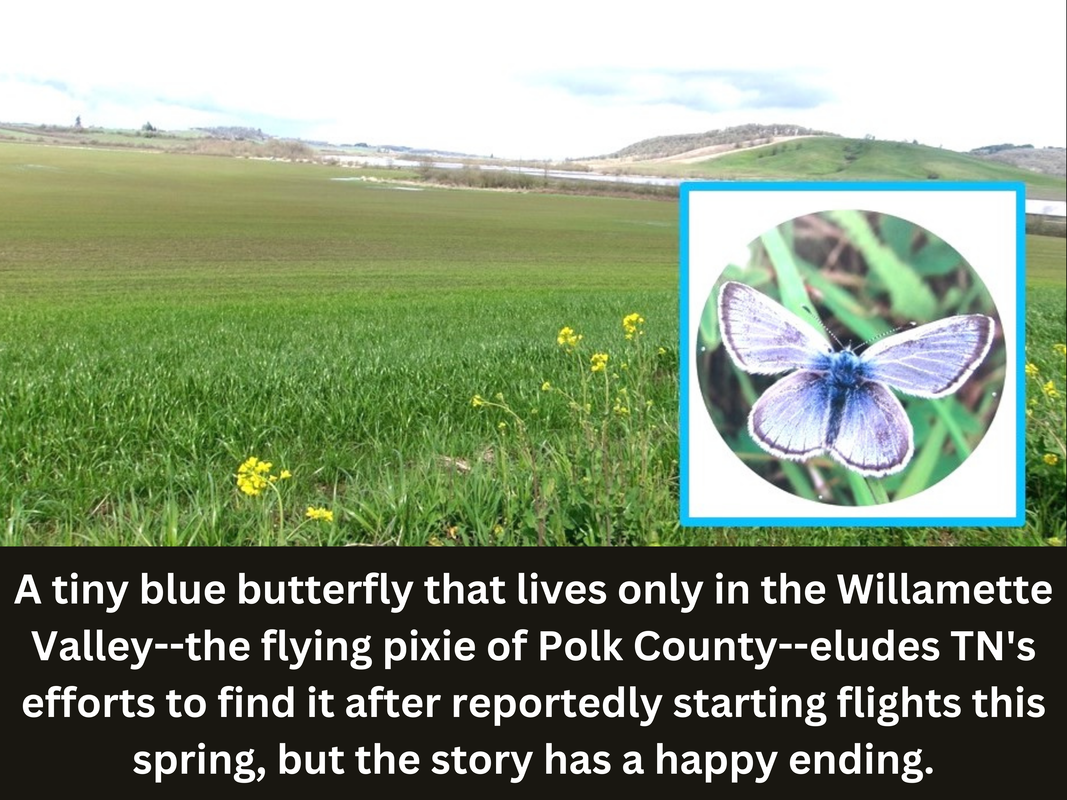
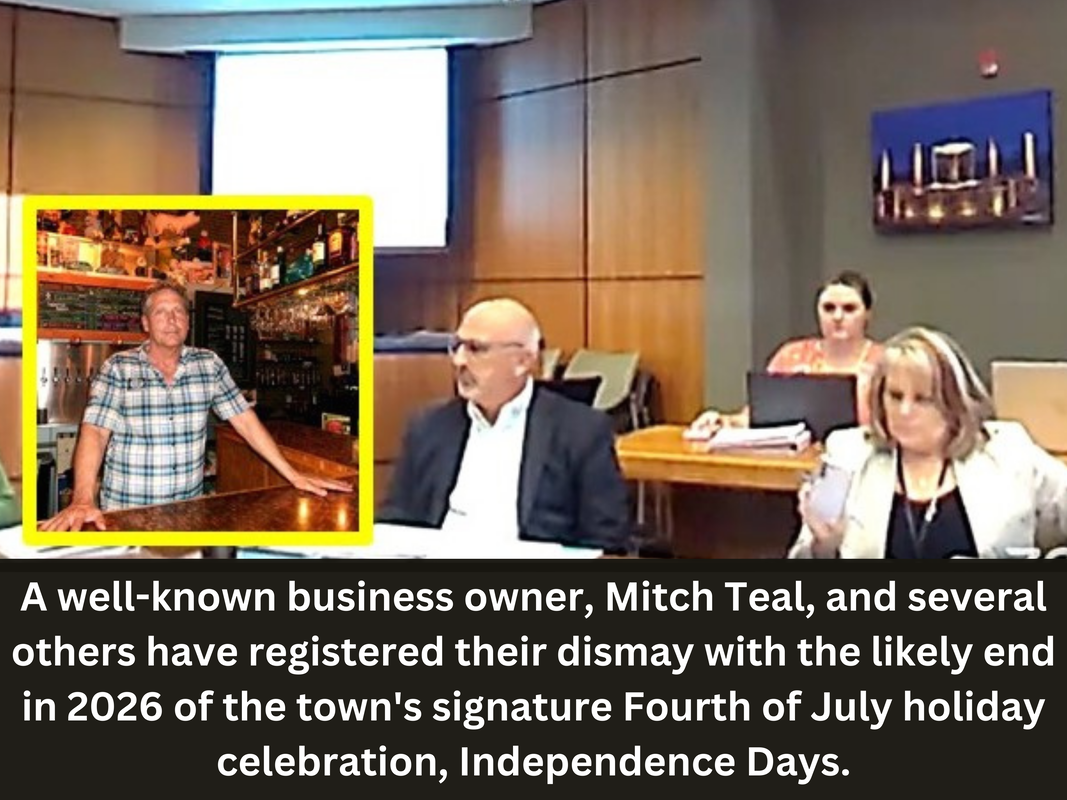
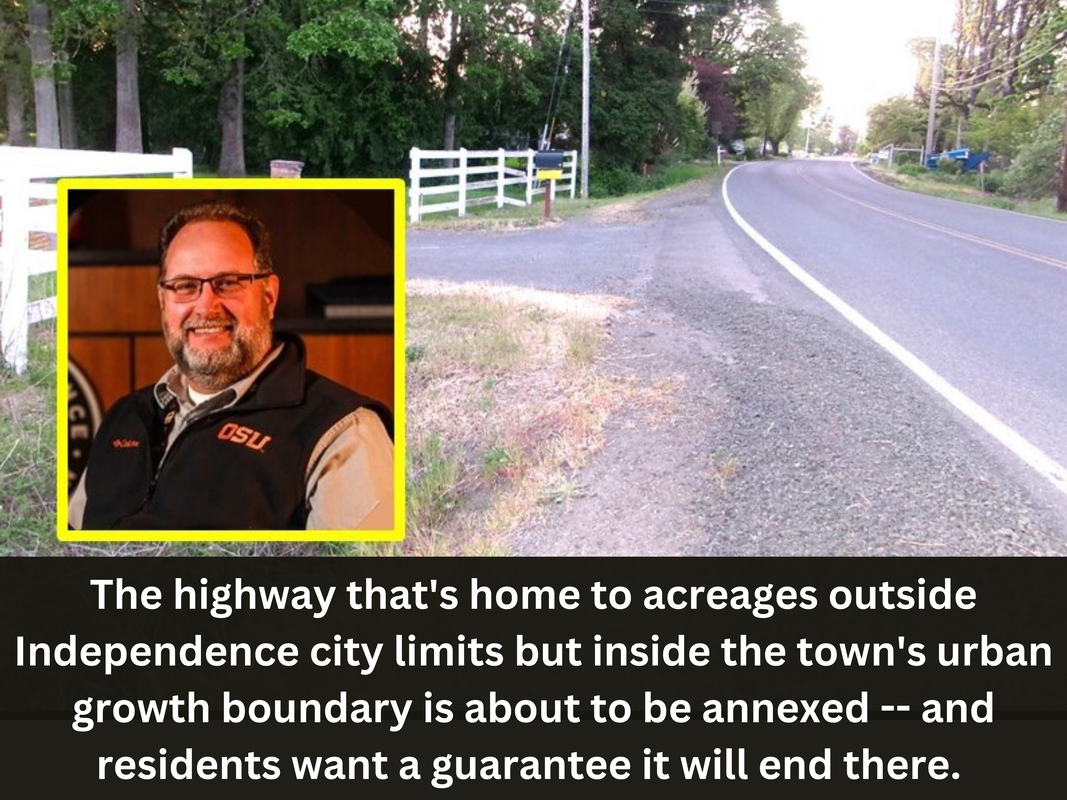

 RSS Feed
RSS Feed